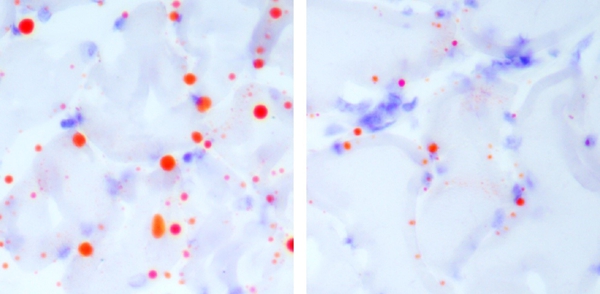
As we age, our bodies gradually lose their ability to repair and regenerate. Stem cells diminish, making it increasingly difficult for tissues to heal and maintain balance. This reduction in stem cells is a hallmark of aging and a key driver of age-related diseases. Scientists have long debated whether this decline is the root cause of aging or a side effect. Efforts to use stem cell transplants to reverse aging have faced many challenges, such as ensuring the cells survive and integrate into the body without causing serious side effects, like tumors.
In a recent study published in Cell, researchers from the Chinese Academy of Sciences and Capital Medical University introduced a new type of human stem cell called senescence-resistant mesenchymal progenitor cells (SRCs) by reprogramming the genetic pathways associated with longevity. These cells, which resist aging and stress without developing tumors, were tested on elderly crab-eating macaques, which share physiological similarities with humans in their 60s and 70s.
The research team conducted a 44-week experiment on these macaques. The macaques received biweekly intravenous injections of SRCs, with a dosage of 2×106 cells per kilogram of body weight. The researchers found no adverse effects among the macaques. Detailed assessments confirmed that the transplanted cells did not cause tissue damage or tumors.
The researchers discovered that SRCs triggered a multi-system rejuvenation, reversing key markers of aging across 10 major physiological systems and 61 different tissue types. The treated macaques exhibited improved cognitive function, and tissue analyses indicated a reduction in age-related degenerative conditions such as brain atrophy, osteoporosis, fibrosis, and lipid buildup.
At the cellular level, SRCs decreased the number of senescent cells, reduced inflammation, and increased progenitor cell populations in neural and reproductive tissues. They even stimulated sperm production. At the molecular level, SRCs enhanced genomic stability, improved responses to oxidative stress, and restored protein balance. More than 50% of the examined tissues showed a reversal of aging-related gene expression profiles to a younger state. Single-cell analyses revealed significant reversals in gene expression among peripheral blood cells (33%), the hippocampus (42%), and ovarian tissue (45%). Machine learning-based aging clocks estimated that the biological age of immature neurons was reversed by six-seven years, and that of oocytes by five years.
Furthermore, the researchers found that tiny particles called exosomes, released by the SRCs, were the key agents of rejuvenation. These exosomes suppressed chronic inflammation while preserving genomic and epigenomic integrity. When isolated SRC exosomes were administered to aged mice, they significantly reduced organ degeneration. In vitro studies demonstrated that these exosomes could rejuvenate various human cell types, including neurons, ovarian, and liver cells. This discovery suggests that exosome signaling could be a fundamental pathway for reversing aging.
These findings highlight SRC therapy as a promising intervention for multi-system aging. It demonstrates protective efficacy across interconnected systems like the nervous, reproductive, and immune systems, presenting a holistic approach that surpasses single-target therapies.

SRC Reverses Lipid Buildup in Aged Monkeys' Skeletal Muscle: Control Group (Left); SRC-Treated Group (Right). (Image by LIU Guanghui's lab)

86-10-68597521 (day)
86-10-68597289 (night)

52 Sanlihe Rd., Xicheng District,
Beijing, China (100864)

